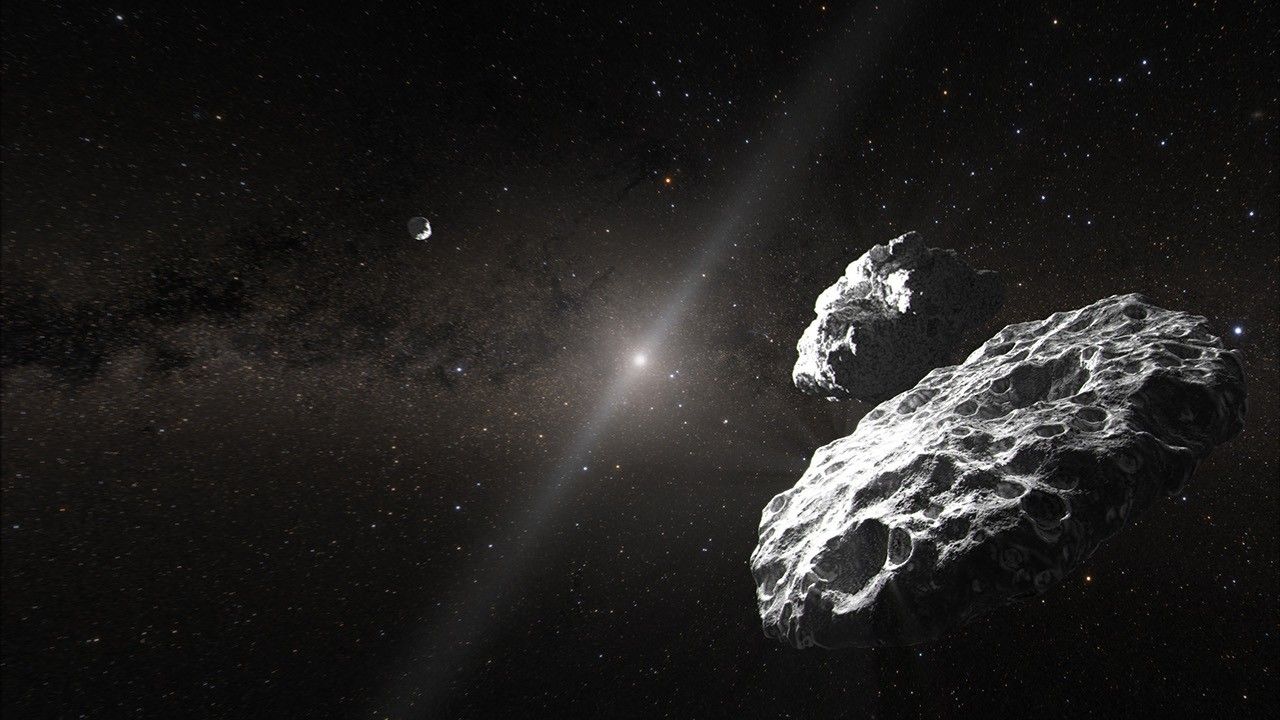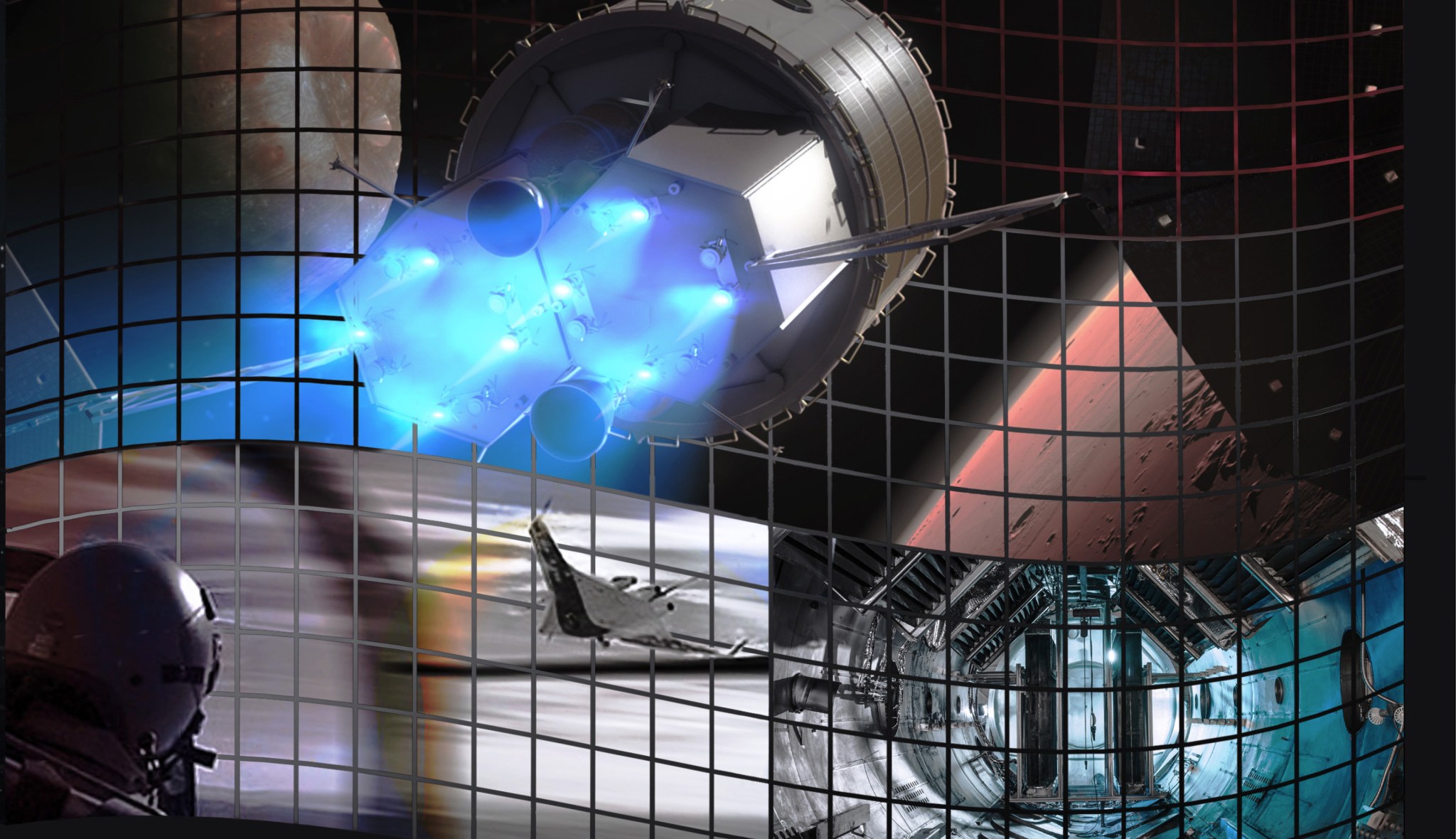As part of NASA’s ongoing commitment to supporting American innovators and advancing new aerospace technologies the agency announced its second round of Phase I awards for Small Business Innovation Research (SBIR) Ignite. The 10 selected small businesses will each receive up to $150,000 and have six months to establish the scientific, technical, and commercial merit and feasibility of their proposed innovation – the same timeframe as the program’s main SBIR Phase I awards.
- Astral Forge, LLC, Palo Alto, California: Development of a High-temperature (>1200 C) Crystal Growth Furnace toward Semiconductor In-Space Production Applications in LEO for Terrestrial Use
- Astrobotic Technology Inc., Pittsburgh: Photon Counting Sensor for In-space Debris Detection
- Benchmark Space Systems, Burlington, Vermont: Resilient Independent Propulsive Controlled On-orbit Recovery Device (RIPCORD)
- Brayton Energy, LLC, Hampton, New Hampshire: High Efficiency Solid Oxide Fuel Cell / Turbogenerator Hybrid Electric Propulsion System
- Channel-Logistics LLC dba Space-Eyes, Miami: Fire Watch: Prediction and Detection of Wildfires Through Advanced AI/ML
- GeoVisual Analytics, Westminster, Colorado: Decision Support for Water Management in the Agriculture Sector
- Lunar Resources, Inc., Houston: Silicon and Iron Regolith Extraction on the Moon (SIRE)
- Space Lab Technologies, LLC, Boulder, Colorado: EcoMine – Bioregenerative Mineral Mining from Lunar Regolith
- Space Tango, Lexington, Kentucky: TangoBox: Next Generation Infrastructure for In-Space Production on Commercial Space Stations
- VerdeGo Aero, De Leon Springs, Florida: VerdeGo Aero VH-3 Hybrid Electric Powerplant
This three-year pilot Ignite initiative, housed under NASA’s SBIR program, provides funding and other support to commercialization-focused small businesses, startups, and entrepreneurs as they seek to develop their early-stage technology ideas.
“The investments we’re able to offer through SBIR Ignite give us the ability to de-risk technologies that have a strong commercial pull, helping make them more attractive to outside investors, customers, and partners,” said Jason L. Kessler, program executive for the NASA SBIR program at the agency’s headquarters in Washington. “We also hope it advances the sometimes-overlooked goal of all SBIR programs to increase private-sector commercialization of the innovations derived from federal research and development funding.”
NASA’s SBIR Ignite targets product-driven companies which seek to commercialize products instead of targeting the agency as a primary customer. This commercialization focus is a key differentiator from the NASA SBIR program’s traditional solicitations that, in addition to considering commercial potential, have historically sought technologies to address specific NASA needs and have a goal of getting infused into a NASA mission. The SBIR Ignite solicitation contains only a few topics relevant to emerging commercial markets in aerospace; these topics are refined based on market insights gained in the interactive NASA SBIR Ignite Catalyst events that precede the solicitation release.
One of the topics in the 2023 SBIR Ignite Phase I solicitation sought technologies to accelerate in-space production applications in low Earth orbit (LEO). In support of this topic, NASA selected Astral Forge – a women-owned small business and first-time SBIR recipient – to advance semiconductor crystal production by developing a high-temperature crystal growth furnace for in-space operation in LEO, with applications on Earth as well. This furnace could enable efficient and scalable synthesis of semiconductor materials with a specific initial focus on Gallium Nitride (GaN). With silicon performance plateauing and devices demanding more efficient processors, GaN – considered a next-generation semiconductor compound – holds immense promise, offering enhanced performance characteristics, particularly in terms of power efficiency and thermal tolerance, compared to conventional silicon technology.
The NASA SBIR Ignite initiative and its parent program, NASA SBIR, are a part of NASA’s Space Technology Mission Directorate and are managed by the agency’s Ames Research Center in California’s Silicon Valley.
To learn more about the NASA SBIR program and apply to future opportunities, visit:
























